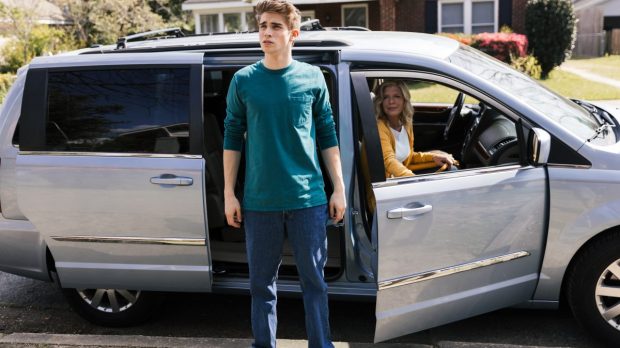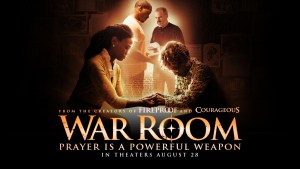From the creators of War Room and Fireproof comes a new film called Lifemark, based on an inspiring true story that celebrates adoption, reconciliation, and love.
Eighteen-year-old David’s comfortable world is turned upside down when his birth mother unexpectedly reaches out to him. With the encouragement of his adoptive parents, David begins a journey of discovery that leads to a staggering truth from his past.

The sensitive topic of adoption is handled here with honesty and tact. Of course, it helps that the story is true: Lifemark is based on a documentary, I Lived on Parker Avenue, about a real adoption triad.
Melissa Coles, the real-life birth mother, was hesitant to participate in the movie at first. But then her husband asked her, “What if it helps just one person?” After that, she agreed to do it, and Crux reports that the film has already changed at least one life.
Many viewers of the film may not be familiar with the ins and outs of adoption. Lifemark shines a light on adoption, revealing what it can be like to place a baby for adoption and to adopt a child.
Here are 3 important things Lifemark reveals about adoption:
1If you place a baby for adoption, you can still be a part of their life
There was a time when adoptions were usually “closed,” meaning the child would not have contact with the birth family again. But this is no longer the norm, nor is it necessarily considered the best practice.
Nowadays, it’s considered psychologically healthier for a child to know about their birth parents and their history, and this is often what birth parents prefer, too. Open adoptions span a vast spectrum: No two look exactly the same.
In Lifemark, there is little contact until David turns 18, after which he meets his birth parents and has a warm relationship with his birth mother, especially. Other families may choose various levels of contact, anything from regular visits to an annual letter.

But the important thing to know is that a child placed for adoption can still have a lifelong relationship with his or her birth parents. Adoption does not have to cut off those ties. Lifemark shows this so well in the connection that young David finds with his birth parents when he finally meets them.
2Placing a baby for adoption is an excruciatingly difficult decision
There can be a certain reductionism about adoption in pro-life circles. “If you don’t want to raise a baby, just place the baby for adoption!” But putting things so lightly is an almost criminally absurd oversimplification.
Birth parents often struggle with a huge range of difficult emotions, including grief, guilt, jealousy, regret, and depression. Placing a child for adoption is rarely an easy decision and can remain difficult for the rest of a birth parent’s life.
This is revealed in Lifemark through David’s birth parents, who struggle in different ways with the decision to place their son for adoption. They both wrestle with the fallout of their decision for a long time.
Lifemark shows how hard and complicated the adoption decision can be for birth parents. It’s so important to acknowledge these realities in order to have honest conversations about adoption.
3Adopting a child can be emotionally complicated
The birth parents are not the only ones who deal with a range of emotions. The adoptive parents in Lifemark are mostly very positive (reinforced by the adoptive mom rather improbably wearing yellow in every scene), but they have their moments of struggle.

Amid the joy of raising a beloved adopted child is facing the reality that this addition to your family comes from another family’s loss.
At one point, before adopting David, his adoptive parents are trying to decide whether to continue trying to adopt after previous attempts fall through. “My heart just can’t take it again,” his mom admits to her husband. Later, she struggles with letting her son take the lead on getting in touch with his birth family.
Adoption is more complicated than most films about it make it seem, and again, it’s refreshing to see the honesty in Lifemark around this truth.
Ultimately, Lifemark is a very positive portrayal of adoption, and shows an adoption experience that’s probably more upbeat and seamless than most. Not every adopted child will embrace their birth parents with exclamations of gratitude and warm support, as David does in the movie. Not every adoptive parent will be unfailingly supportive and thoughtful toward their child and the birth parents. Not every birth parent will immediately and smoothly bond with their adopted child when they meet for the first time.
At the same time, adoption can be as positive as the story in Lifemark, which is underlined by the fact that Lifemark is based on a true story and on real people’s actual experiences. And all of us can learn more about the realities of adoption through watching this touching film.
Lifemark is rated PG-13 for some thematic material. It contains no coarse language, sexuality, or violence.




